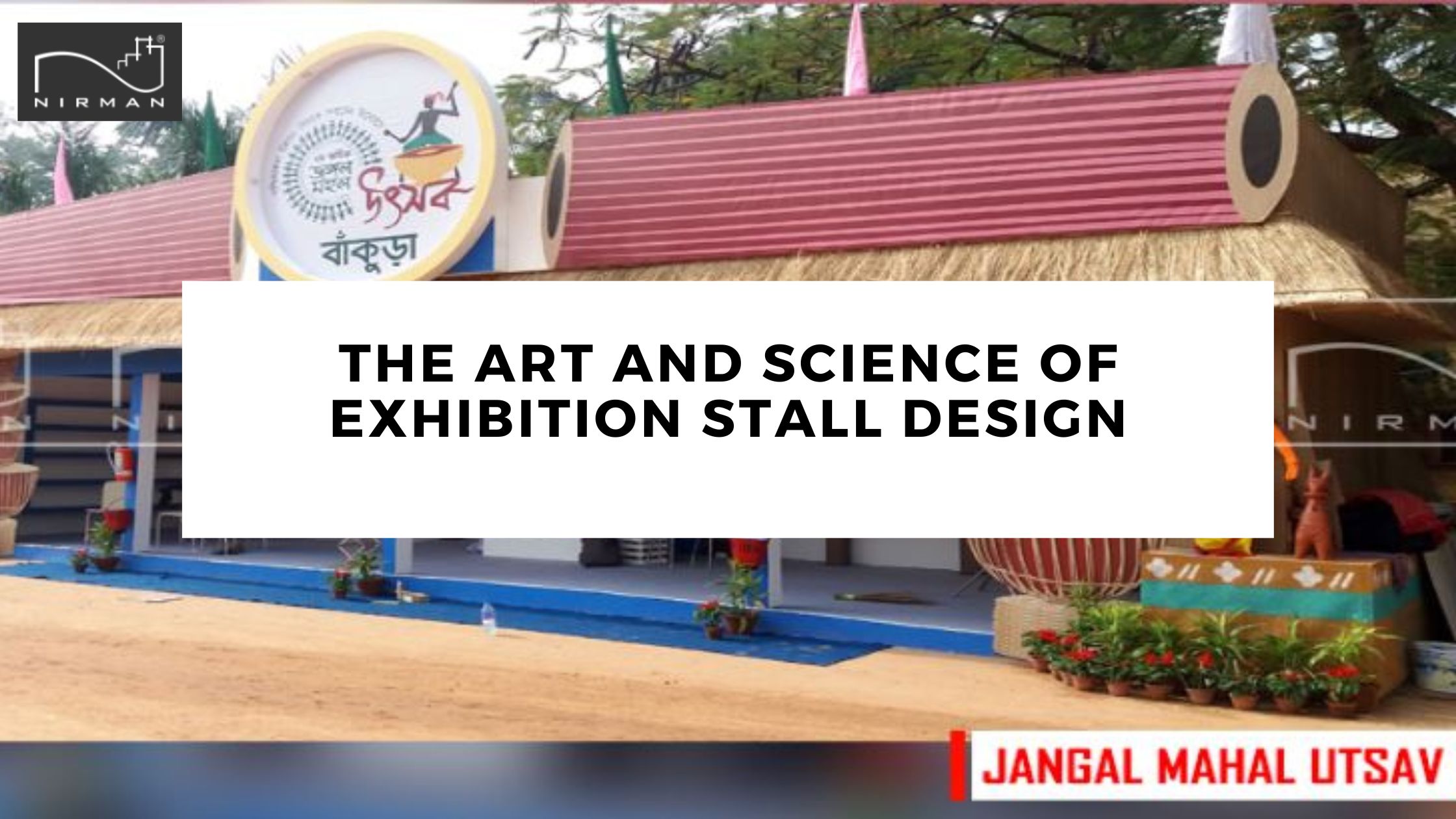
Exhibition stall design is a blend of artistic creativity and strategic planning aimed at creating an engaging and impactful presence at trade shows, expos, and other events. It involves combining aesthetics, functionality, and branding to attract and engage visitors while effectively conveying the exhibitor's message and offerings. Here's a breakdown of the art and science behind exhibition stall design:
Artistic Aspects:
Visual Appeal: A visually appealing design immediately captures attention. Creative use of colors, shapes, textures, and lighting can make your stall stand out from the crowd.
Branding and Identity: Incorporate your brand's colors, logo, and visual identity into the stall design. Consistency in branding helps visitors associate your stall with your company.
Storytelling: Design the stall layout and visuals to tell a story about your brand, products, or services. Storytelling helps create an emotional connection with visitors.
Creativity: Think outside the box to create unique and memorable designs. Incorporate innovative materials, interactive elements, and unconventional layouts.
Theme and Concept: Choose a theme that aligns with your brand and resonates with your target audience. A well-executed theme can make your stall more cohesive and memorable.
Graphics and Visuals: High-quality graphics, images, and videos can help convey information quickly and effectively. Use them to showcase products, services, and key messages.
Scientific Aspects:
Visitor Flow: Plan the layout to facilitate a smooth flow of visitors through your stall. Strategic placement of displays, counters, and interactive zones can guide visitors through your offerings.
Functionality: Balance aesthetics with functionality. Ensure that the stall is designed to accommodate staff, visitors, product displays, storage, and interactive elements without feeling cluttered.
Branding Visibility: Position your brand elements where they are easily visible from different angles and distances. Your brand should be recognizable even from a distance.
Technology Integration: Incorporate technology like touchscreens, augmented reality (AR), virtual reality (VR), or interactive displays to engage visitors and provide a memorable experience.
Lighting: Proper lighting can enhance the overall ambiance of the stall and draw attention to specific areas. Use lighting to create focal points and set the mood.
Materials and Construction: Choose materials that align with your brand image and are durable. The stall should be easy to set up, dismantle, and transport to different events.
Accessibility: Ensure that your stall is accessible to all visitors, including those with disabilities. Compliance with accessibility guidelines is important.
Measurement and Analytics: Use analytics tools to track visitor engagement, footfall, and other relevant metrics. This data can provide insights for future improvements.
Integration of Art and Science:
Successful exhibition stall design involves seamlessly blending artistic elements with scientific principles. By creating an aesthetically pleasing yet functional space, you can attract visitors, effectively communicate your brand's message, and leave a lasting impression. It's important to consider your target audience, event goals, and the unique attributes of your brand when designing an exhibition stall. Regularly evaluate the effectiveness of your design and make improvements based on data and feedback from each event.
